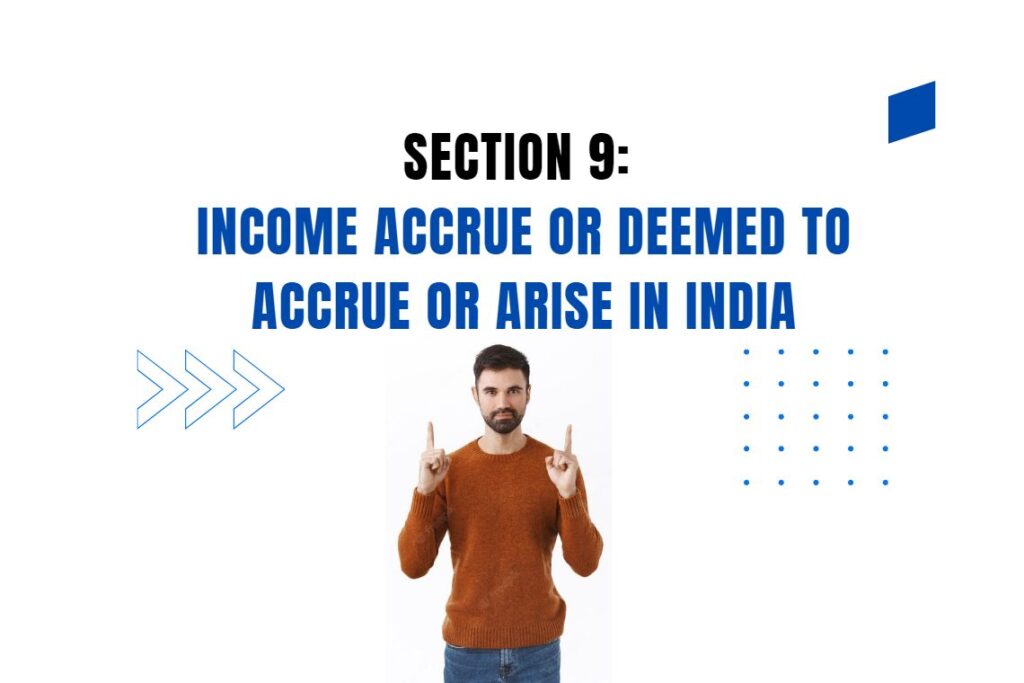Section 10(10C) of the Income Tax Act provides an exemption to employees who receive a certain amount on voluntary retirement or separation from service. This exemption is applicable to both government and non-government employees.
According to the provisions of Section 10(10C), any amount received by an employee as a voluntary retirement compensation is exempt from tax up to a maximum limit of Rs. 5,00,000. This exemption is available to employees who have completed a minimum of 10 years of continuous service or have reached the age of 40 years at the time of voluntary retirement.
The compensation received or receivable by the employee of the following, on voluntary retirement, under the Golden Hand Shake Scheme, is exempt under section 10(10C):
(i) a public sector company; or
(ii) any other company; or
(iii) an authority established under a Central, State or Provincial Act; or
(iv) a local authority; or
(v) a co-operative society; or
(vi) a University established or incorporated by or under a Central, State or Provincial Act and an institution declared to be a University under section 3 of the University Grants Commission Act, 1956; or
(vii) an Indian Institute of Technology within the meaning of clause (g) of section 3 of the Institutes of Technology Act, 1961; or
(viii) such institute of management as the Central Government may, by notification in the Official Gazette, specify in this behalf;
(ix) State Government;
(x) Central Government;
(xi) Institutions having importance throughout India or in any State or States as may be notified.
Conditions:
Exemption shall be available, subject to the following conditions:
(a) The compensation is received only at the time of voluntary retirement or termination of his services in accordance with any scheme or schemes of voluntary retirement or in the case of public sector company, a scheme of voluntary separation. Even if the compensation is received in instalments, the exemption shall be allowed.
(b) Further, the scheme of the said companies or authorities or societies or universities or the institutes referred to in clauses (vii) and (viii) above, as the case may be. governing the payment of such amount, are framed in accordance with such guidelines (including inter alia criteria of economic viability) as may be prescribed. In the case of public sector companies, if there is a scheme of voluntary separation, it shall also be according to the said prescribed guidelines.
(c) The employee must not have been re-employed by the same employer or any other company or concern belonging to the same management within a period of 2 years from the date of voluntary retirement.
Quantum of Exemption:
The amount of exemption is
- the actual amount of compensation received or
- 5,00,000,
whichever is less.
| 1. The exemption is available to an employee only once and if it has been availed for an assessment year it shall not be allowed to him for any other assessment year.
2. The assessee shall not be eligible for relief under section 89 in case he has claimed exemption under section 10(10C). On the other hand, if he claims relief under section 89, he cannot claim exemption under section 10(10C). |
Example:
An employee with a salary of Rs. 60,000 per month and 15 years of service voluntarily retires from service. He receives a retirement package of Rs. 9,00,000.
The amount received on voluntary retirement is exempt from tax under Section 10(10C) to the extent of Rs. 5,00,000. The remaining amount of Rs. 4,00,000 will be taxable as income.



![Residential Status [Sections 5 to 9B]](https://incometaxmanagement.in/wp-content/uploads/2023/09/Residential-Status-Sections-5-to-9B-1024x683.jpg)

![EXEMPTED INCOMES [Section – 10, 10AA, 11 to 13A]](https://incometaxmanagement.in/wp-content/uploads/2023/09/Exempted-Incomes-Section-10-1024x683.jpg)

![Income of an Electoral Trust shall be Exempt [Section 13B]](https://incometaxmanagement.in/wp-content/uploads/2023/10/61-Exempted-Incomes-Section-13B-1024x683.png)
![Incomes of Political Parties [Section-13A]](https://incometaxmanagement.in/wp-content/uploads/2023/10/60-Exempted-Incomes-Section-13A-1024x683.png)
![Special Provisions in respect of Newly-established Units in Special Economic Zones (SEZ) [Section-10AA]](https://incometaxmanagement.in/wp-content/uploads/2023/10/59-Exempted-Incomes-Section-10AA-1024x683.png)
![Exemption in respect of income chargeable to Equalization Levy [Section 10(50)]](https://incometaxmanagement.in/wp-content/uploads/2023/10/58-Exempted-Incomes-Section-1050-1024x683.png)
![Income of a Developmental Financing Institution (DFI) to be Exempt [Section 10(48E)]](https://incometaxmanagement.in/wp-content/uploads/2023/10/57-Exempted-Incomes-Section-1048E-1024x683.png)